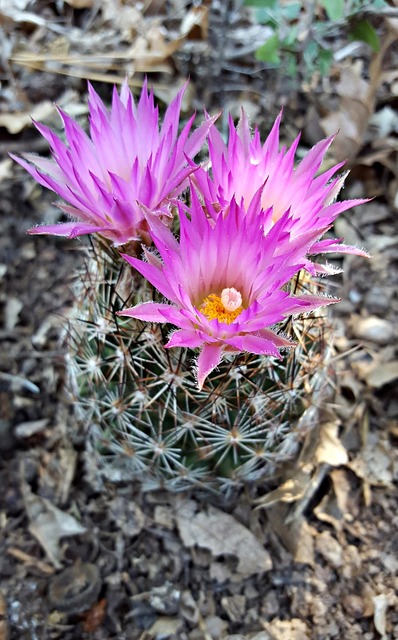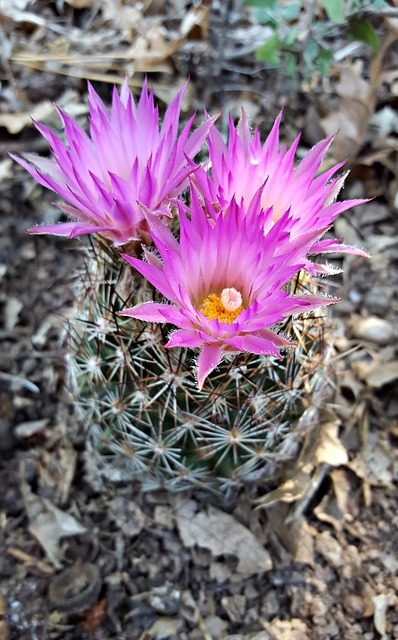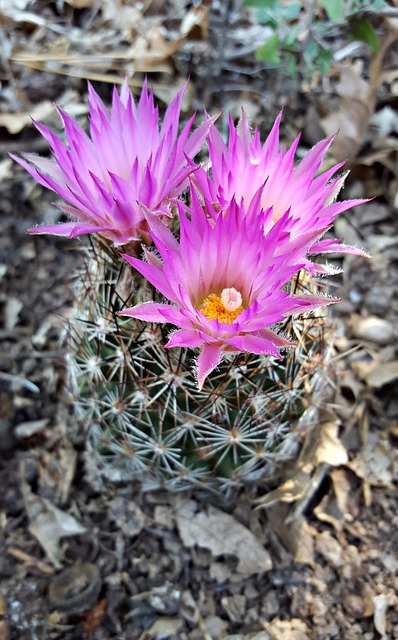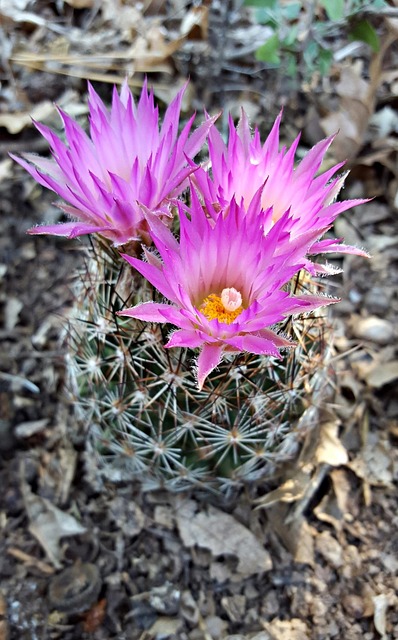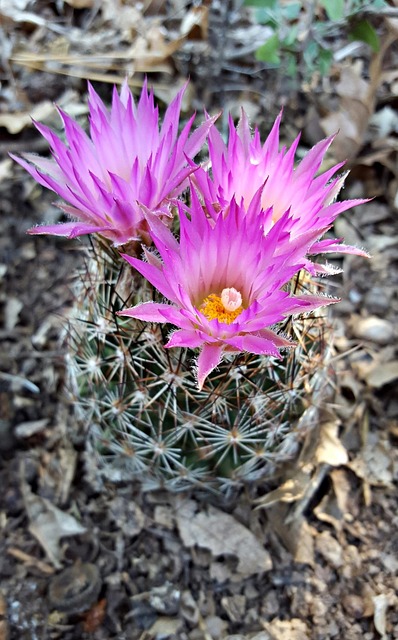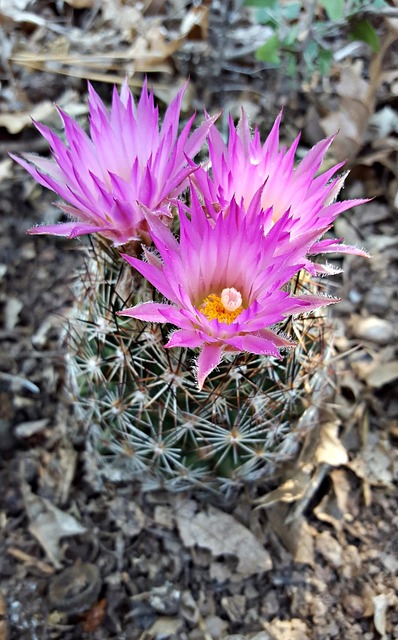The real estate landscape directly influences a city's cultural vibrancy, with urban planners and developers playing a crucial role in enhancing or diminishing its creative scene through historical preservation, repurposing industrial spaces, and residential complex construction. Strategic development can attract artists, foster collaboration, and create cultural exchange hubs, ultimately boosting the city's global standing. Unique cultural scenes, characterized by arts, diverse cuisine, and events, are significant draws in the real estate market, increasing occupancy rates and property values. Cities can transform their real estate into powerful cultural assets by investing in dedicated arts and heritage spaces, becoming inclusive hubs that attract locals and visitors for enriching urban experiences.
“Explore how real estate plays a pivotal role in cultivating diverse and unique cultural scenes, attracting investors and residents alike. This article delves into the intricate relationship between property development and the vibrancy of communities worldwide. From urban renaissance to rural revitalisation, discover strategies that nurture artistic expression, foster social connections, and create spaces that define a location’s distinct character. Uncover why these cultural landscapes are not just attractions but essential drivers for economic growth and quality of life.”
The Role of Real Estate in Shaping Cultural Landscapes
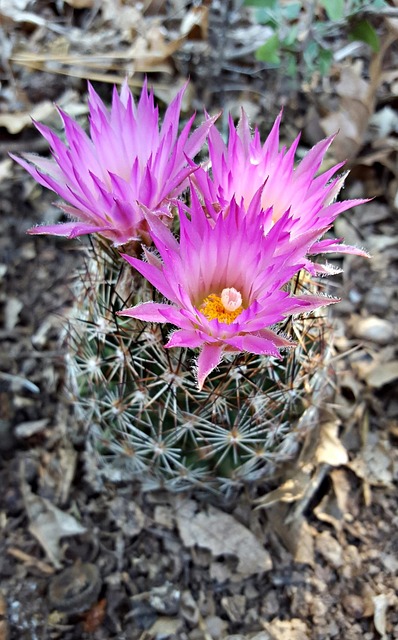
The cultural scene of a city is often a vibrant tapestry woven with threads from diverse communities and creative expressions. Among the many factors that contribute to this richness, real estate plays a pivotal role in shaping the cultural landscapes we know and love. The type of properties available—from historic buildings to modern art galleries and performance spaces—influences where artists choose to live and work, and subsequently, where creative energy flourishes.
Real estate developers and urban planners have the power to enhance or diminish a city’s cultural offerings. They can preserve historical sites, convert old industrial spaces into creative hubs, or opt for high-rise residential complexes. These choices not only impact the physical appearance of a city but also its social and cultural fabric. By strategically developing and revitalizing properties, cities can attract artists, foster collaboration, and create spaces that encourage cultural exchange, ultimately enriching their reputation as global cultural destinations.
Unique Cultural Scenes: Attracting Investors and Residents Alike
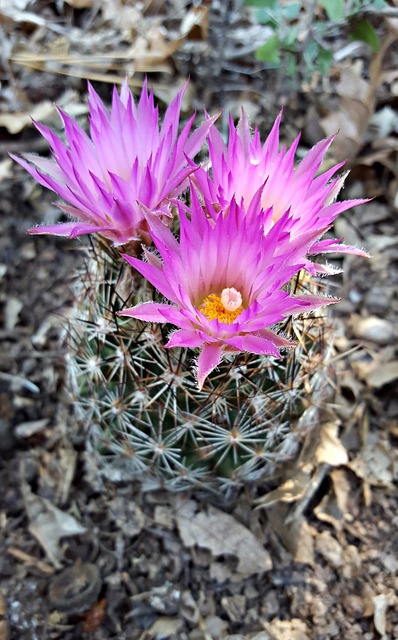
Unique cultural scenes have become a significant draw for investors and residents alike in the real estate market. Cities renowned for their vibrant arts, diverse culinary offerings, and eclectic events are now top destinations for those seeking not just a place to live, but an experience. The allure of these cultural hotspots is undeniable—they offer a sense of community and belonging, fostering an environment that encourages creativity and innovation. Investors recognize the potential for growth in these areas, as the demand for culturally rich spaces continues to rise.
Real estate developments in such locations often incorporate design elements that celebrate local traditions and aesthetics, further enhancing their appeal. This trend is not just about aesthetics; it’s about creating livable, desirable spaces that cater to diverse lifestyles and interests. As a result, areas with unique cultural scenes experience higher occupancy rates and increased property values, making them attractive prospects for both investors seeking sound financial moves and residents looking for enriching urban experiences.
Strategies for Developing and Nurturing Diverse Cultural Offerings

To develop and nurture a diverse cultural scene, cities can leverage their real estate as a strategic asset. Investing in dedicated cultural spaces—from arts districts to heritage sites—is paramount. These spaces not only host events but also become centers for artistic expression and community engagement, fostering an environment where creativity thrives. Local governments and developers can collaborate to integrate cultural infrastructure into urban planning, ensuring these spaces are accessible and inclusive.
Additionally, partnerships between cultural institutions, artists, and businesses are vital. Collaborative initiatives can bring diverse talents together, enriching the city’s cultural tapestry. Incubating artistic startups, supporting local artists, and encouraging cross-cultural exchanges can all contribute to a vibrant scene that attracts both locals and visitors, enhancing the city’s reputation as a cultural hub.
